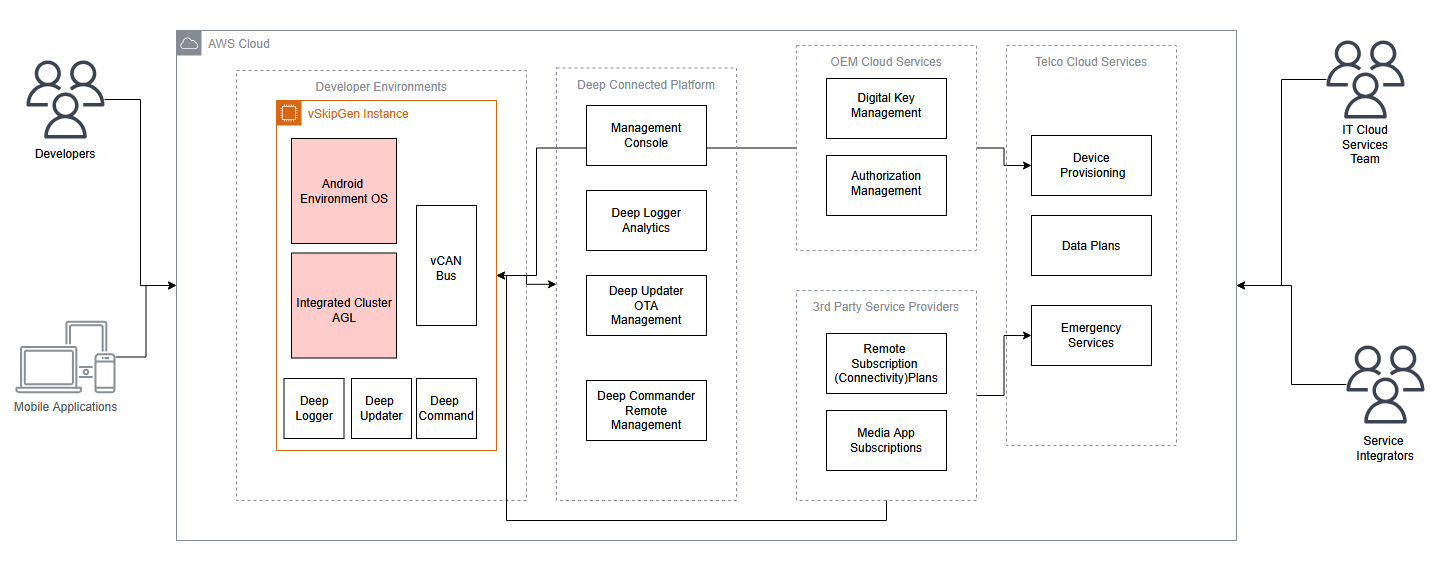
/
May 19, 2023
/
#
Min Read
Auto Tech Investment Tension 2: Funding Sources & Cost Reduction
In part one of our Investment Tensions for Legacy vs New Tech series, we explored how the costs of connected vehicle architectures and technology impact upgrade decisions. Once a manufacturer has chosen to develop a new vehicle architecture and launch it on their chosen vehicle lines, they must determine how to fund that development work. This brings us to our second tension and the topic of this post: funding sources and cost reduction.
Over the last few years, automakers have made record profits due to rising prices and intense demand. Unfortunately, that is not enough to fund all the architectural changes associated with software defined vehicles (SDVs). This includes, but is not limited to powertrain, software, and electrical components. The money to fund these future technologies must come from one or more of the following:
- Savings generated from reducing product complexity
- Savings from reduced overhead costs and corporate expenses
- Savings from reduced ICE related investments
Each of these comes with trade-offs and benefits that executives must weigh to achieve their business objectives.
Reduction in Product Complexity
Reducing product complexity adds efficiency in the long run. By utilizing the same parts in different vehicle lines, OEMs can increase the volume and scale of those parts while decreasing the per unit price and the associated engineering design effort and build time.
On the other hand, reduced product complexity can only go so far, especially when the company makes a wide range of products with vastly different capabilities (ex. weight, towing, passenger seating capacity, and other dimensions or requirements). Additionally, achieving complexity reductions can’t happen overnight. Replacing existing designs requires the installation of new tooling in production plants, vehicle re-testing and validation, and any additional engineering required to make all existing and future features work with the new designs. All of this takes a lot of time and money.
A simpler solution is to hold off implementing complexity reduction until a given vehicle line is due for a redesign. But as the saying goes, time is money. Thus, the OEM must decide between investing now with higher implementation costs to achieve savings sooner and minimizing implementation costs by waiting for a scheduled redesign, which inevitably delays cost savings. The manufacturer’s decision should also consider the impact of customer acceptance of any product changes in the absence of major model year changes.
Reducing Corporate Overhead & Expenses
Another way to fund new BEV and SDV tech is by reducing corporate overhead. This may take many forms but generally looks like closing plants or eliminating in-house activities in favor of out-sourcing. When supported by sound financial returns and little to no customer-facing impacts, these are good decisions to make. However, it is often a difficult balance to strike. Closing a powertrain plant might mean losing a V8 engine option or eliminating thousands of jobs at a component factory in a small town.
Corporate expense reduction is similar in that renegotiating supply contracts, reorganizing the labor force, changing employee or retiree benefits, and other similar moves may save money in the near term. But it risks upsetting long-standing business partnerships, employee relationships, and institutional knowledge. All of which are difficult to replace or rebuild.
Diverting Funds from ICE Development
Lastly, many OEMs are simply diverting funds from their ICE vehicle programs to future technology investments and BEV programs. This can be a shrewd move, but as with everything, timing is key.
Defunding certain aspects of different vehicle lines and other key reallocation decisions carries the inherent risk of damaging profitable products in favor of new products with unproven profitability. When this action is taken before the market is ready, OEMs might find themselves losing rather than saving. The inherent uncertainty of the data upon which executives must base their decisions adds yet another layer of complexity.
Determining the best ways to fund the new technologies and architectures associated with BEVs and software defined vehicles can often feel like an uphill battle. One way to save costs is to outsource your connected vehicle platform. To learn more about Sibros can support your business goals with our fully embedded telematics software, contact us today.










